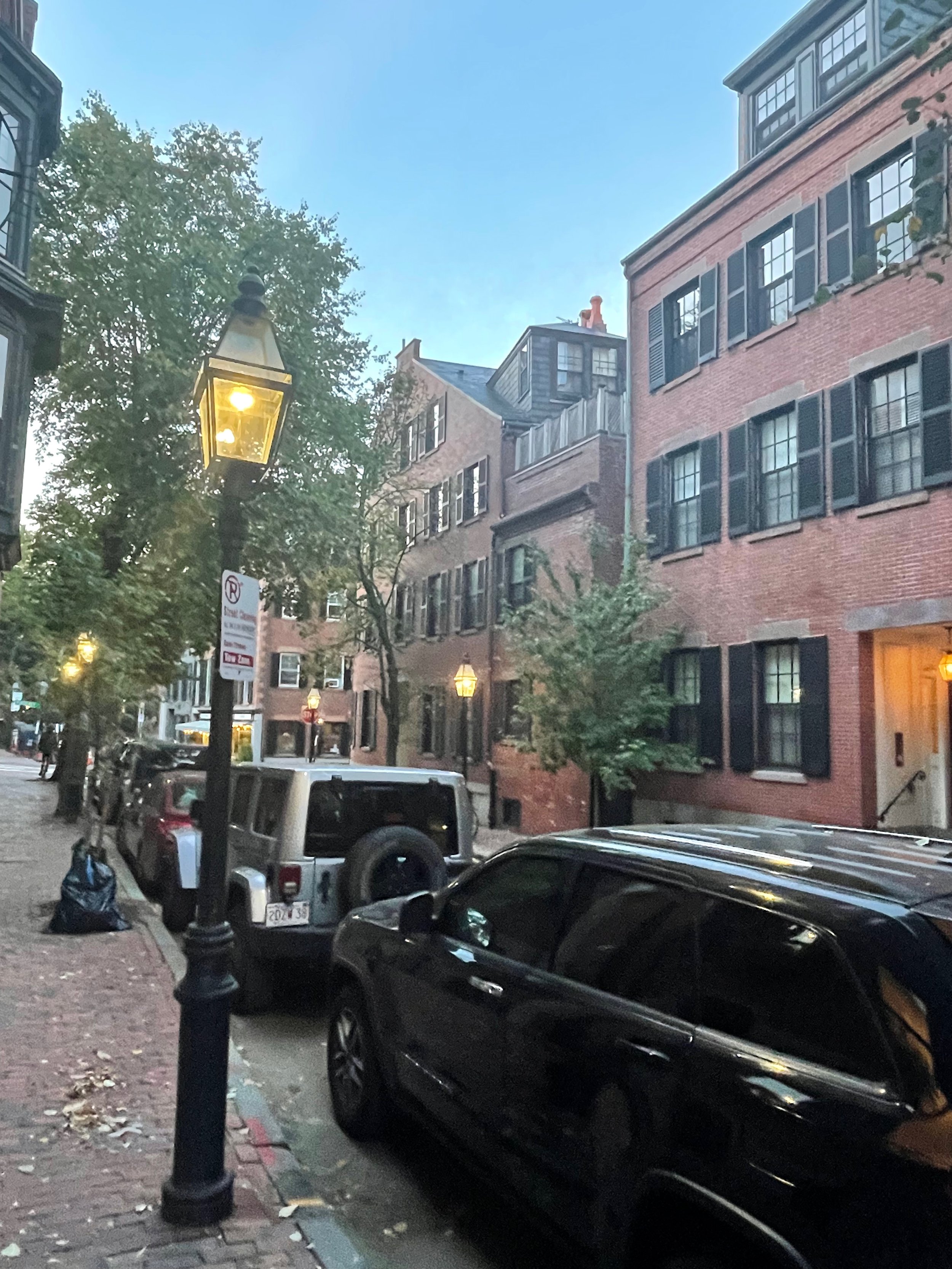The Ins and Outs of Getting a Renovation Approved
by the Local Historic Commission
I once had clients who owned a Beacon Hill townhouse with a top story that was recessed from the ones below it. That allowed them space for an outdoor deck with a jacuzzi. The jacuzzi wasn’t a problem in that historic neighborhood, whose appearance is carefully controlled by the Beacon Hill Architectural Commission. You couldn’t see it from the street. The problem was the taller privacy fence the couple wanted erected, which would be visible from the public way. When I went before the commission, I argued that the fence was not a permanent structure and therefore was not altering the existing facade. It could be removed without damaging the antique brick. It worked. The couple was able to build their fence.
Call it inside architectural baseball. Knowing the hot-button issues for local historic commissions allows me to help clients and designers make changes to the exterior of period homes that might otherwise be denied. It also helps explain the age-old question: How come the local historic commission allowed one person to make a change to the exterior of their residence but won’t grant someone else the same permission?
Can you find the detail added to this Beacon Hill streetscape that required me to obtain permission from the local historic commission?
Granted, it’s not all about finessing the argument. Local boards do consider each project independently, and there may be something about the streetscape or overall design that alters their requirements for a particular residence.
Still, knowledge really is power when it comes to dealing with a historic commission to make a change to the exterior of a home, and there are a number of ways I use my professional skill set to help clients avoid disappointment. One of them is to submit a very detailed packet of the changes requested at least two weeks in advance of the in-person hearing with the local historic commission. That way, not only do I make the strongest case possible, but I also don’t have to spend my formal presentation getting down into the weeds. The weeds are all in the write-up and drawings. I can spend the time creating an overall impression with strategic details sprinkled in.
I also go to the historic commission while I’m writing up the presentation and ask questions. That helps me learn the reg flags for a project and lets the commission know in advance that I’m really trying to get it right. They appreciate that I’m going the extra mile to do my homework, and it gives me the edge if approval for a project is on the line.
At the same time, I’m researching that particular locality’s rules. In the Back Bay, for instance, it’s not just about what you can see from the street. It’s also about changes that can be viewed from the public alleyway behind the building and from a taller building where someone could look down at the change — maybe a contemporary deck or skylight. In Beacon Hill, it’s just about changes that are visible from the public right of way in front of the residence. If someone on the Beacon Hill commission starts talking about renovations that can be seen from the rear, I know I can successfully push back by politely reminding them that’s it’s not in their purview. In Cambridge, they have one person in charge of paint colors; you speak just to her about the exterior palette.
These idiosyncrasies from one local historic district to another are true not just for Boston and Greater New England but for anywhere in the country that I work. In Boca Grande, Florida, where I’m currently rehabbing a home, the rules for a historically zoned residence are different than the ones for Sanibel Island to the south.
After learning a locale’s particular rules, chatting up commission administrators, and preparing all the necessary documents, I practice my formal presentation out loud beforehand, the way you might practice a speech — no stumbling in the moment. I make sure to include a line about how I look forward to the commission’s feedback, so it’s clear I’m ready to talk about making adjustments if need be rather than just shoving something through.
But the preparation goes well beyond that, starting with the client.
• I tell the client — or the designer — up front that trying to do something they know is out of bounds is going to end in frustration. The minute a historic commission gets the sense that you’re aiming to pull a fast one, their hackles go up. Much better to be fully transparent — if for no other reason than if you have to go back a second time to resubmit drawings and the new plans are on the line of what’s acceptable, the commission may be more inclined to rule favorably
• Saving an architectural element goes over better than replicating it.
A designer I worked with on one of the gracious Queen Anne Victorians along Cambridge’s Brattle Street wanted to replace all the front-facing windows with energy-efficient ones. Unlike antique windows, they would be easy to open, wouldn’t stick, would prove energy-efficient, and all the other good stuff. I knew that would never fly. Instead, I submitted a plan to reglaze the existing windows, rebalance them with a pulley system hidden inside the framing that would allow them to open with one finger, and put well-sealed storm windows in front of them to keep out the weather. The Cambridge Historic Commission went for it. A storm window can be removed, but nineteenth-century windows cannot be replaced.
Retaining the historic “fabric” of a home is important to most historic district commissions. Rather than replace the windows, the original 1880’s double hung windows were retained and new storm windows installed over them to increase the energy efficiency.
• If you do need to replace something, plan on using authentic materials.
On a brick townhouse in the South End, the corbels needed to be rebuilt; there simply was no saving them. The contractor said he could save money and complications by making them out of AZEK or another composite material. I knew we would need to make them out of mahogany, just like the original. I was right. That’s what the South End Landmark Commission required.
The specificity that historic commissions sometimes demand can be difficult, maddening. But if you have chosen a knowledgeable architect to get you through the process, it goes much more smoothly. And he can run interference for you, if necessary.
It helps to keep in mind that strict regulations reward you by protecting the value of your house.
You may not appreciate that a local board seems like sticklers, and you may not always agree with their decisions, but their ruling helps protect the quality and character of your neighborhood — and the value of your real estate. The more true to character your neighborhood remains, the more reliably your home’s worth will continue to appreciate.



